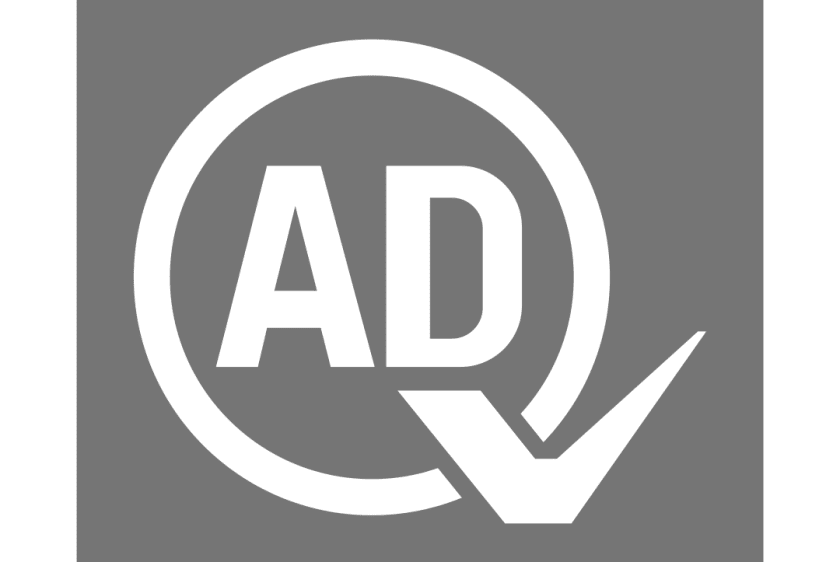What Does EV Fleet Charging Mean?
Electric fleet charging refers to the systems and processes used to power a group of electric vehicles (EVs) managed by a business, government, or organization.
This includes electric vehicle fleet charging infrastructure, such as charging stations, software for energy management, and strategies to balance operational demands with sustainability goals.
Programs like the Go Electric Fleet Charging Program incentivize companies to adopt EVs by offering grants, tax credits, and technical support. Key considerations include:
- Fleet services electric car charging: Designing scalable solutions for maintenance and daily operations.
- Electric vehicle fleet and charging infrastructure planning: Aligning charging capacity with fleet size and usage patterns.
- Addressing charging infrastructure challenges for the US electric vehicle fleet, such as grid capacity and charger availability.
Types of EV Fleet Charging Solutions
Private Charging
Installing electric fleet vehicle charging stations at depots or corporate facilities ensures control over costs and scheduling. Benefits include:
- Reduced downtime with overnight charging.
- Integration with renewable energy sources (e.g., solar panels).
- Compliance with electric vehicle fleet charging infrastructure standards.
Public Charging
Public networks like ChargePoint or Electrify America supplement private setups, ideal for long-haul routes. However, costs and availability can vary.
Home Charging
For drivers using fleet vehicles personally, reimbursing home charging costs balances convenience and accountability.
Understanding EV Charging Levels
Level 1 Charging
- Power: 120V outlet.
- Speed: 4-6 miles of range per hour.
- Best for: Small fleets with overnight parking.
Level 2 Charging
- Power: 240V (commercial-grade).
- Speed: 12-80 miles of range per hour.
- Best for: Workplace electric vehicle fleet charging.
Direct Current Fast Charging (DCFC)
- Power: 480V+.
- Speed: 80% charge in 20-40 minutes.
- Best for: High-utilization fleets like ride-sharing (charging an electric vehicle sharing fleet).
How to Plan EV Fleet Infrastructure
Effective electric vehicle fleet and charging infrastructure planning involves:
- Assessing Needs: Calculate daily mileage, fleet size, and peak usage.
- Site Analysis: Evaluate electrical capacity and space for electric fleet vehicle charging stations.
- Partnering with Experts: Companies like QuikRev provide turnkey solutions for installation and software integration.
- Grid Management: Use smart charging to avoid peak demand charges.
Tips to Optimize EV Fleet Charging
- Be an Early EV Adopter
Leverage incentives from the Go Electric Fleet Charging Program to offset upfront costs.
- Closely Monitor SOC (State of Charge)
Maintain batteries between 20%-80% to prolong lifespan.
- Utilize EV Charging Notifications
Schedule charging during off-peak hours for lower rates.
- Understand EV Charge Ranges
Plan routes to align with vehicle range limits.
Boost Efficiency and Lower Costs with Fleet Electrification
Transitioning to electric fleet charging reduces fuel expenses by 50-70% and maintenance costs by 30%.
Tools like QuikRev’s fleet management platform optimize energy use and provide real-time analytics.
3 Top Tips for EV Fleet Charging
- Prioritize Scalability: Choose modular electric vehicle fleet charging infrastructure.
- Leverage Data Analytics: Monitor usage patterns to refine charging schedules.
- Partner with QuikRev: Streamline installation and management with end-to-end solutions
Conclusion
Adopting electric fleet charging is no longer optional for forward-thinking fleets. By addressing charging infrastructure challenges for the US electric vehicle fleet and leveraging programs like the Go Electric Fleet Charging Program, businesses can achieve sustainability and profitability.
Ready to electrify your fleet?
Explore QuikRev’s fleet solutions today.
Frequently Asked Questions
What Is Fleet Electrification?
Replacing gas-powered vehicles with EVs to reduce emissions and operational costs.
How Much Does EV Charging Infrastructure Cost?
- Level 2 stations: 2,000–10,000 per unit.
- DCFC stations: 50,000–150,000+ per unit.
What Is the Cost of Charging EVs?
~0.15–0.30 per kWh, depending on location and time of use.
What Is Fleet in EV Charging?
A group of EVs managed collectively, such as delivery vans or corporate cars.
Who Is the Leading EV Charging Company?
Tesla, and QuikRev lead in scalable electric vehicle fleet charging infrastructure.
What Are the Three Types of EV Charging Systems?
Level 1, Level 2, and DC Fast Charging.





